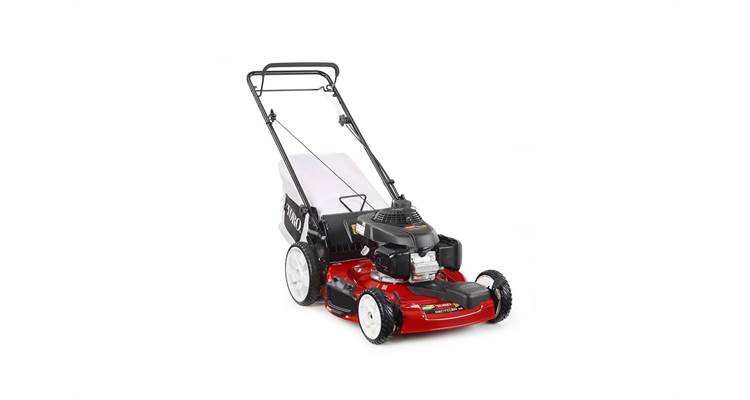You may not realize it, but selecting the proper gas to use in your Toro lawn mower can be essential to its longevity. If you select the wrong type of gas, you could put the mower’s fuel system and even the engine in jeopardy. Never assume that any type of gas is right for your Toro.
Type Of Gas Required For A Toro Lawn Mower
When you visit your neighborhood gas station to buy gasoline for your Toro, it is suggested that you choose unleaded gas with an octane rating of 87 or higher. Make certain that the gas contains no more than 10 percent ethanol. It’s actually best to use gasoline with low ethanol content or no ethanol at all.
Of course, you probably have questions concerning how to select the proper type of gasoline. For example, you may be wondering if regular gasoline that has more than 10 percent ethanol should be used.
The Process Of Selecting The Right Gasoline
When you visit the neighborhood gas station to fill up your family car you’ve probably noticed that there is a variety of gasolines to choose from. Toro suggests that you keep a few guidelines in mind when selecting fuel. This includes:• The highest percentage of ethanol in the gasoline that can be tolerated by the mower.
• Why too much ethanol can be harmful
• Why fresh gasoline is the best alternative
• Why high quality fuel is best
In addition, you need to consider what kind of container you should use to store unused gasoline.
Finally, every once in a while fuel might leak from your Toro mower. When this happens you need to be prepared how to troubleshoot the problem and fix it.
Why Too Much Ethanol Is Bad For Your Mower

Toro recommends that you avoid using gasoline that has 15 percent ethanol content. This fuel is commonly marked as E15 gasoline.
There are a number of issues you need to be aware of when dealing with ethanol. For example, it is a corn-based fuel that is used because it is environmentally friendly. While it performs well in most motor vehicles, ethanol tends to damage smaller gasoline engines. That’s because the ethanol-based solution gathers moisture from the air that causes the gas to separate from the ethanol. Separated gas sinks to the bottom of the fuel tank and the separated ethanol is forced into the engine resulting in ignition issues for a mower because the substance leaves gummy deposits. In addition, ethanol is corrosive because of the moisture it attracts. It can bun very hot causing the mower’s engine to overheat causing a whole new set of problems.
That is why it is recommended that you purchase fresh gasoline for your Toro mower.
Avoid Too Much Ethanol In The Gasoline
As mentioned, it’s best to use gasoline that has no more than 10 percent ethanol. It is referred to as E10 gasoline. However, it is best if the gas has no ethanol at all.
Ethanol is now included in gasoline for environmental purposes. It will work fine in your car and truck, but doesn’t work well in small engines like the kind that power a lawn mower. A decal on the fuel pump indicates how much ethanol is in the gas.
Properly Storing Gasoline
Another thing to consider is that gasoline begins to break down and lose its effectiveness when stored for longer than 30 days. Therefore, it is suggested that you buy your mower’s gasoline from a busy gas station that distributes its gasoline before the 30-day period.
Because of this, it’s best to buy only enough gasoline that can be consumed before 30 days. Store unused gasoline in a plastic container that is specifically designed to hold unleaded gas. If the container is not designed to hold unleaded gasoline, it could break down.
It is recommended that you add a fuel additive to the gasoline. This will assure that the leftover gas remains fresh for a longer period of time.
When the gasoline container holds less than you need for mowing, empty the remaining gas before adding fresh gasoline. This assures that the gas is not sitting in the container for longer than 30 days. It also assures that you don’t mix fresh gasoline with old gasoline.
At the end of the mowing season, discard any gasoline that remains. Just add it to your car’s tank to get rid of it.
(Source: poweredoutdoors.com)






